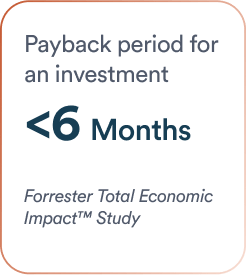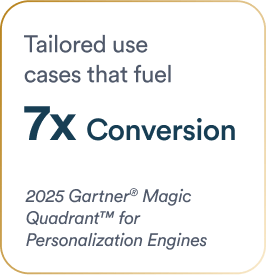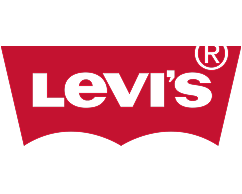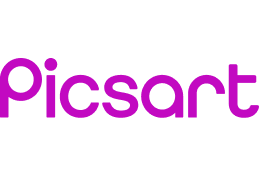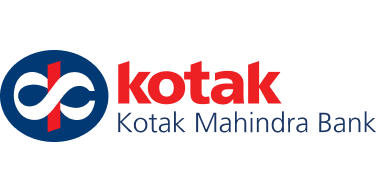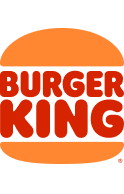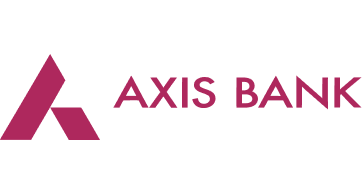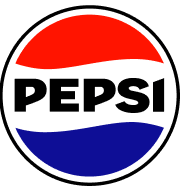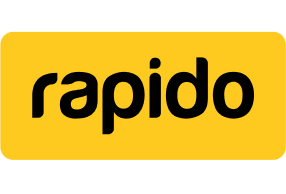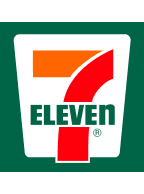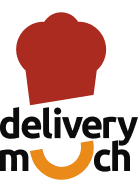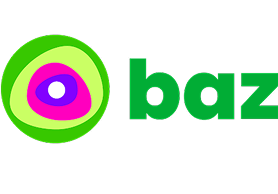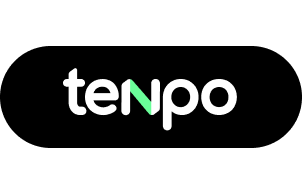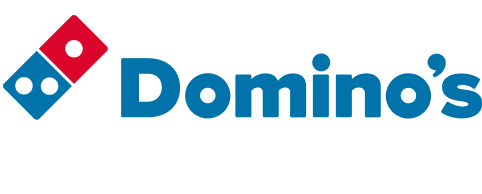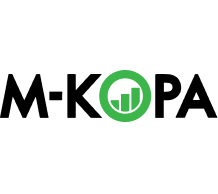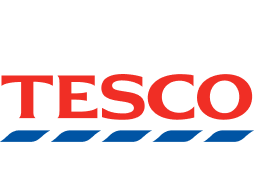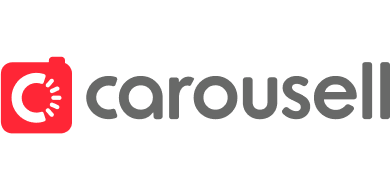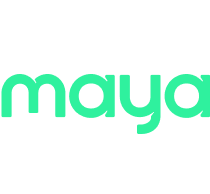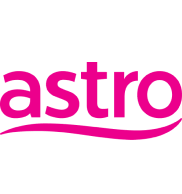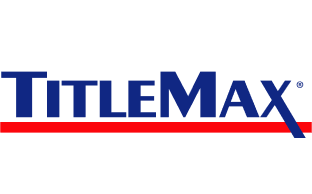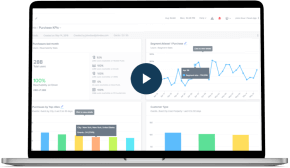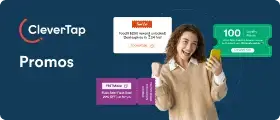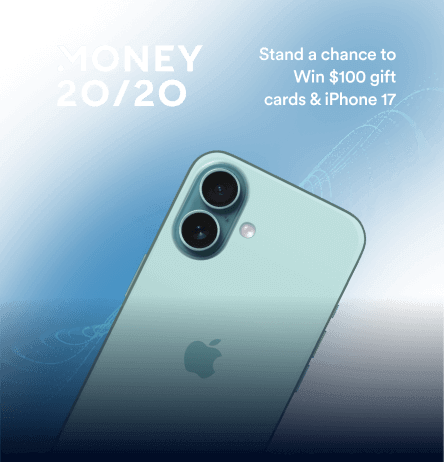E-commerce marketers have many tasks at hand. While at it, time becomes a scarce resource for religiously focusing on personalizing emails for every audience segment. What was intended to be a targeted email blast turns out to be generic, negatively impacting open rates and conversions. If you’re experiencing it or anticipate such circumstances in the future, it’s better to leverage email automation for e-commerce.
In this article, we’ll discuss these email marketing workflows in detail, giving you clarity over how much and how effectively you can automate emails.
What Is Email Automation for E-Commerce?
Email automation sends emails automatically when specific conditions occur. These conditions can be like sign-up or cart abandonment. Unlike batch-and-blast campaigns (one-off emails to everyone), automation is triggered by user actions or time delays.
For example, a welcome series might be set to fire immediately after someone signs up, while a cart abandonment email sends itself when a shopper leaves items behind. These are often called behavioral triggers.
The benefit? Personalization at scale. Every email can be tailored to each customer’s interests and behavior. This timely relevance drives engagement while freeing up time for other strategic marketing activities. On average, email marketing returns $36 for every $1 spent.
There are some myths related to email automation for e-commerce being impersonal or hard. In reality, clever triggers and dynamic content make emails more personal. The fundamental mistake is confusing automation with campaigns. A campaign is typically a single email send, whereas an automation is a series of emails triggered by specific behaviors.
Why E-Commerce Brands Need Email Marketing Automation
Statistics back up automation’s power. Healthy e-commerce lists typically achieve view rates of 29%. Click rates for a good campaign can be close to 4% for e-commerce specifically. But more importantly, automations convert better.
Moreover, the email channel plays a big role in retention. Keeping customers is cheaper than acquiring new ones; it’s logical and a proven fact. In addition, loyal customers are likely to spend more. Email automation systematically keeps these repeat buyers engaged. Each touch, like a thank-you or a reminder, nudges someone closer to the next purchase.
E-commerce email flows target key parts of the customer lifecycle. For example, abandoned cart recovery emails help reclaim the ~70% of shopping carts that would otherwise be lost. Additionally, there are upsell and cross-sell campaigns, re-engagement emails, and various other flows that keep your email marketing more personalized to the audience’s lifecycle stage, without requiring extra effort.
Email automation turns every part of the e-commerce funnel into an opportunity for revenue and retention.
Marketers Face Real Challenges When Implementing Email Automation for E-Commerce
Based on a couple of Reddit threads, marketers on the ground face a mix of strategy, timing, and deliverability challenges that make or break their ROI.
Over-Automation Without Context
Many beginners automate everything.
In the thread, one marketer admitted they reused their welcome flow as an abandoned cart sequence, sending two discounts back-to-back (10% → 20%). Their logic was sound: “We hated losing a potential customer.”
However, increasing discounts that fast looks desperate and teaches customers to wait for better deals. It also overwhelms new subscribers who haven’t even built trust yet. Email marketing automation platforms like CleverTap have the proper constraints in place to build triggering logic around intent, while spacing out messaging with timing gaps.
Aggressive Abandonment Flows That Feel Creepy
When there is cart abandonment, it’s good to follow, but without being too pushy. Your tone matters. If you’re a cart abandonment flow that uses a tone like, “we’re watching you…”, It’s straight up creepy.
Too many brands forget they’re writing for humans. Automated emails that sound invasive trigger unsubscribes and spam flags faster than any discount can fix. It’s best to send the first reminder 1 hour after checkout, then one 24 hours later. Most importantly, the intention should be to remind, not to surveil, while focusing on benefits.
Seeing Automations as Conversion Campaigns
Many post-purchase flows are transactional with discount reminders and upsells. But those are mediocre. Automation isn’t just for conversion, it’s for connection. The best brands use post-purchase flows to educate, reassure, and celebrate their customers.
Post-purchase, it’s essential to view email marketing automation as a retention tool rather than a sales tool.
15 Best Flows for Email Automation for E-Commerce (+ Examples)
Below are 15 high-impact email automation for e-commerce flows.
1. Welcome Series Emails to Onboard with Value
A welcome series is a set of emails sent to new subscribers or customers. It introduces your brand, sets expectations, and provides value (tips, stories, or incentives). You can trigger them immediately after signup, sending 3-5 emails over the first week or two.

You can start with a warm thank-you and then stagger messages. You can leverage CleverTap’s journey builder to create the welcome workflow. New users can be dynamically segmented (e.g., by signup source or device), so you can tailor the series.
You might send a richer welcome email to high-value segments, or include a special offer in the final email to nudge conversion.
2. Browse Abandonment Emails to Re-Engage Window Shoppers
Email automation for e-commerce brands needs to consider browse abandonment. These are emails reminding users of products they viewed but didn’t add to their cart. This leverages implicit interest from browsing behavior. Send browse abandonment emails shortly after a product page view without purchase. Commonly, a single email is sent 1–2 hours later, or a series (e.g., 3 hours and 24 hours after browsing).
Here’s an example:

It’s best to maintain a tone that is helpful, rather than pushy. Display the browsed product prominently and suggest complementary or similar items below. You can add social proof to build trust.
Most importantly, don’t default to discounting immediately; try emphasizing features or limited availability first. If you do offer an incentive, make it a last-resort or tiered one.
Tip: On CleverTap, track page-view events in real time and set up a trigger “Product Viewed (No Purchase)” and automatically send a personalized browse-reminder email with dynamic content blocks.
CleverTap’s behavioral segmentation lets you send emails only to engaged users, reducing wasted sends.
3. Cart Abandonment Emails to Recover Lost Sales Quickly
Cart abandonment emails are follow-ups to shoppers who added items to their carts but didn’t complete checkout. Send them after a cart event without purchase, ideally as a 2–3 email series (e.g., 1 hour, 24 hours, and 48 hours after abandonment).
Here’s an example:
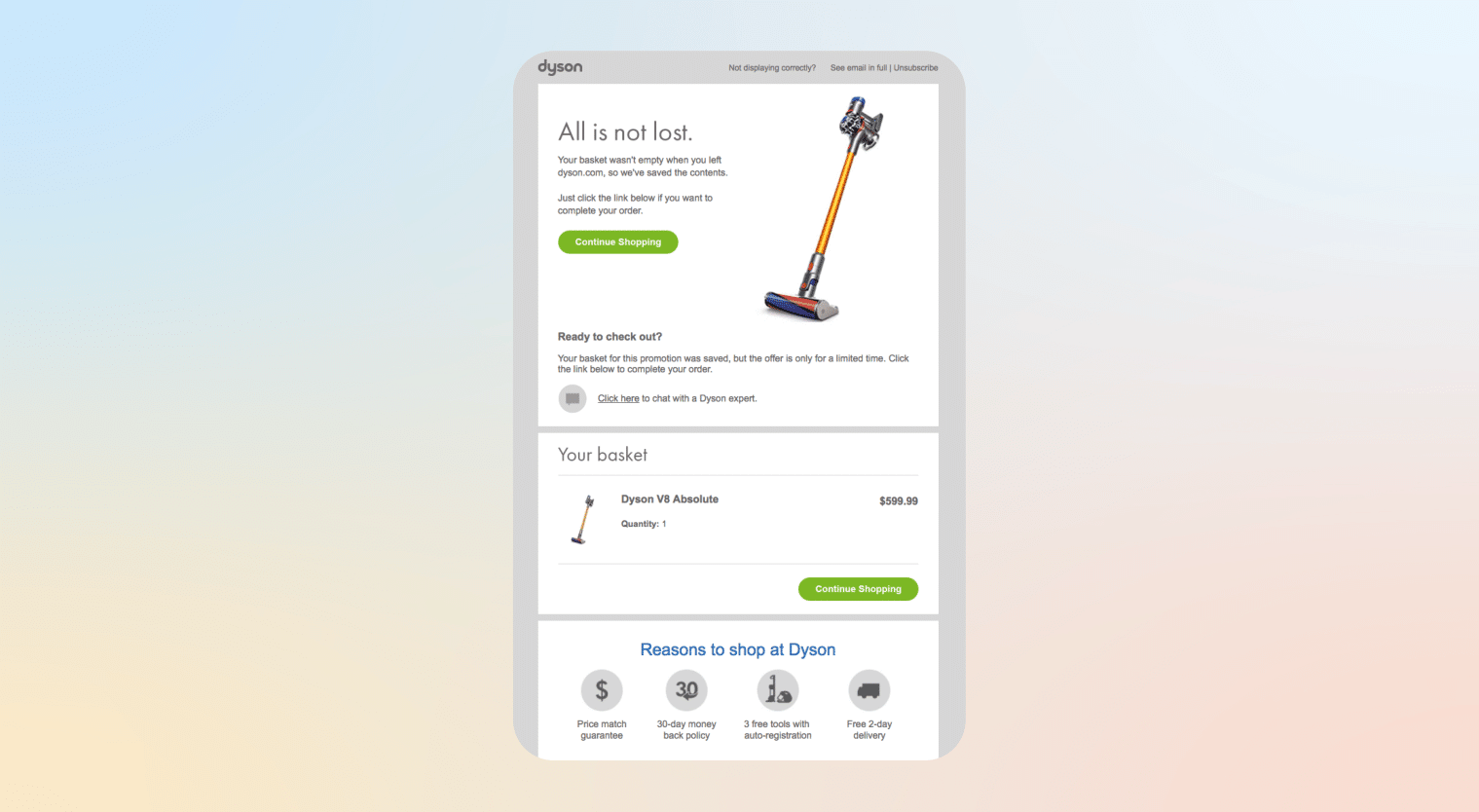
It’s best to focus on urgency and value reinforcement. Mention limited stock or highlight benefits instead of offering instant discounts. Use well thought out abandoned cart email subject lines to boost click-through rates.
You can use CleverTap’s cart-event triggers to send reminders automatically with dynamic cart details and upsell related products. Skip follow-ups if the user revisits or completes a purchase.
Grab high-converting abandoned cart email templates and learn from the best abandoned cart email examples to create your own.
4. Post-Purchase Thank-You Emails to Drive Repeat Sales
Email automation for e-commerce initiatives must also set up flows to thank customers after a purchase and introduce upsell opportunities. The first email confirms the order, while later ones recommend related products or care tips. Trigger the thank-you email immediately after checkout and send cross-sell messages a few days later.
Example:
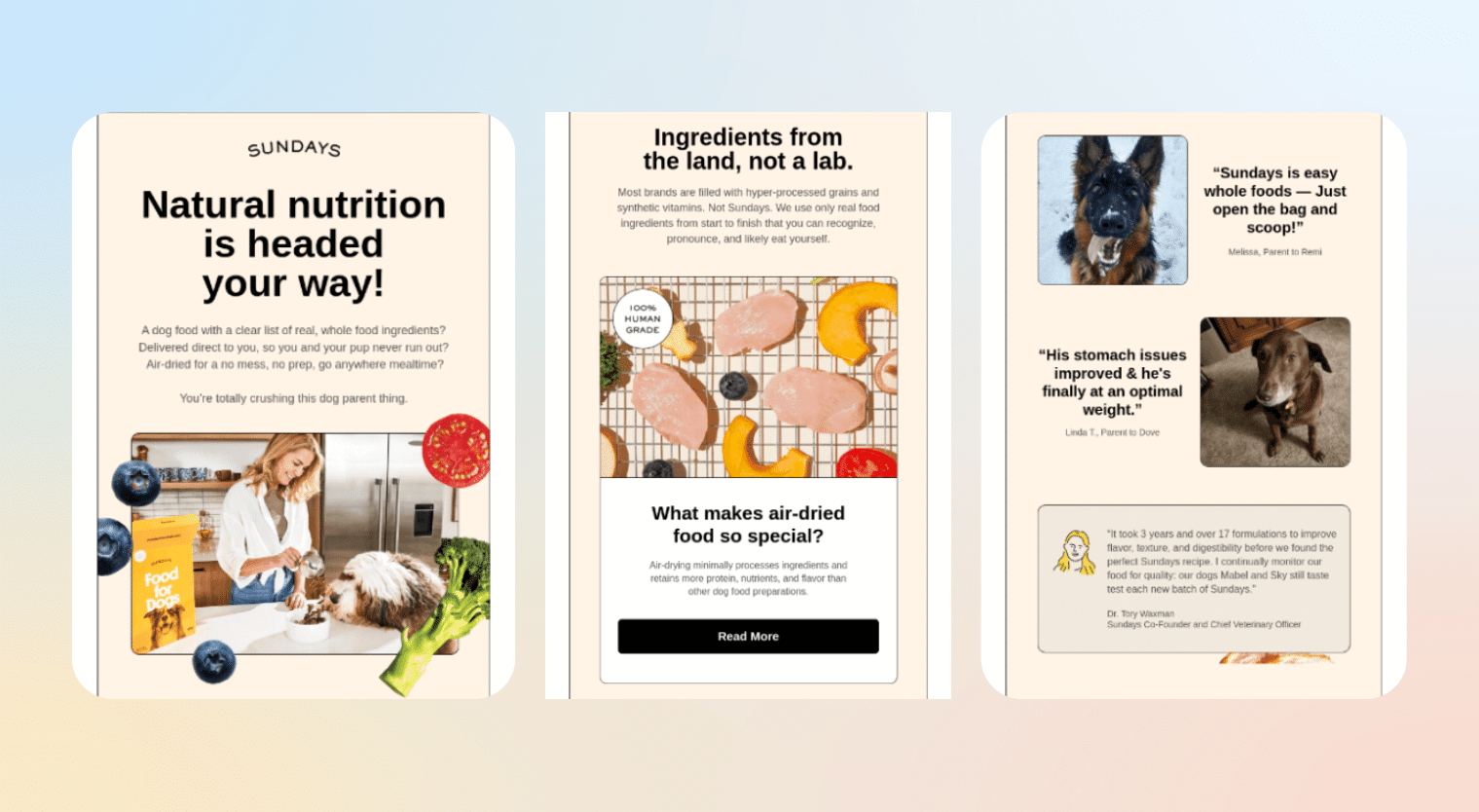
Use the thank-you email to express gratitude and deliver value, rather than just selling. Clearly include order details, then provide helpful guides or complementary product suggestions.
On CleverTap, trigger these via the purchase event and personalize content using category-based segmentation. You can A/B test subject lines and track real-time engagement to send follow-ups when users are most active.
5. Review Request Emails to Gather Social Proof
Send an email (or series) asking customers to review their recent purchase. User-generated reviews become social proof for your brand. You can trigger them in about 1–2 weeks after the order is delivered (enough time to try the product). If no response, a gentle reminder can follow.
Here’s how you can do it too:
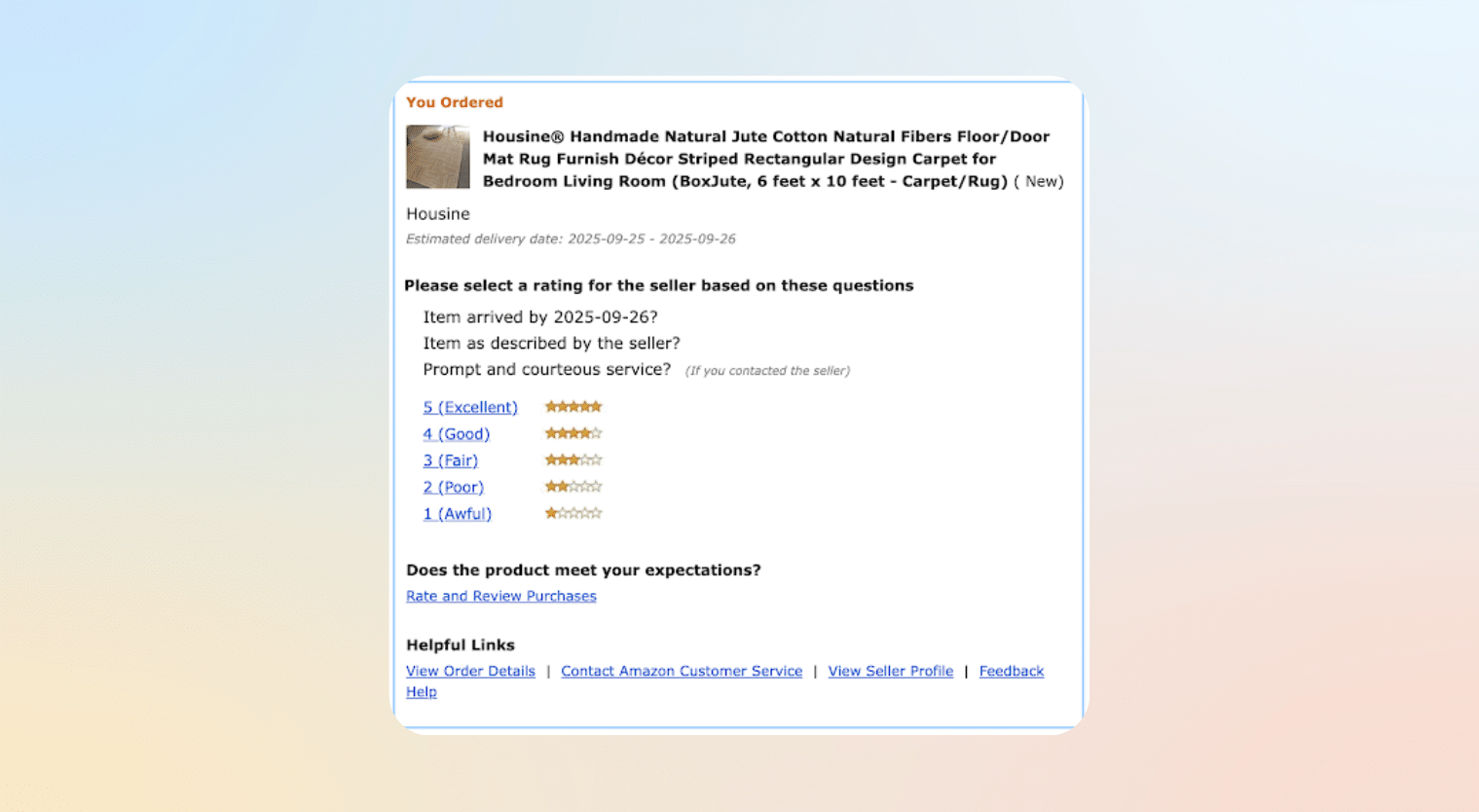
You should keep the messaging brief and personal. Mention the purchased item by name and express your gratitude again. Offer an incentive only if needed, but focus on requesting honest feedback.
CleverTap can segment customers who have purchased specific items and have survived any return period. Set up a trigger “X days after delivery.” The email content can automatically reference the exact purchase. If you have loyalty tiers, consider sending VIP customers a slightly different tone.
6. VIP and Loyalty Emails to Reward Top Customers
VIP and loyalty emails target your highest-value customers or loyalty members with exclusive offers, updates, and early access to new products and services.
Here’s an example:
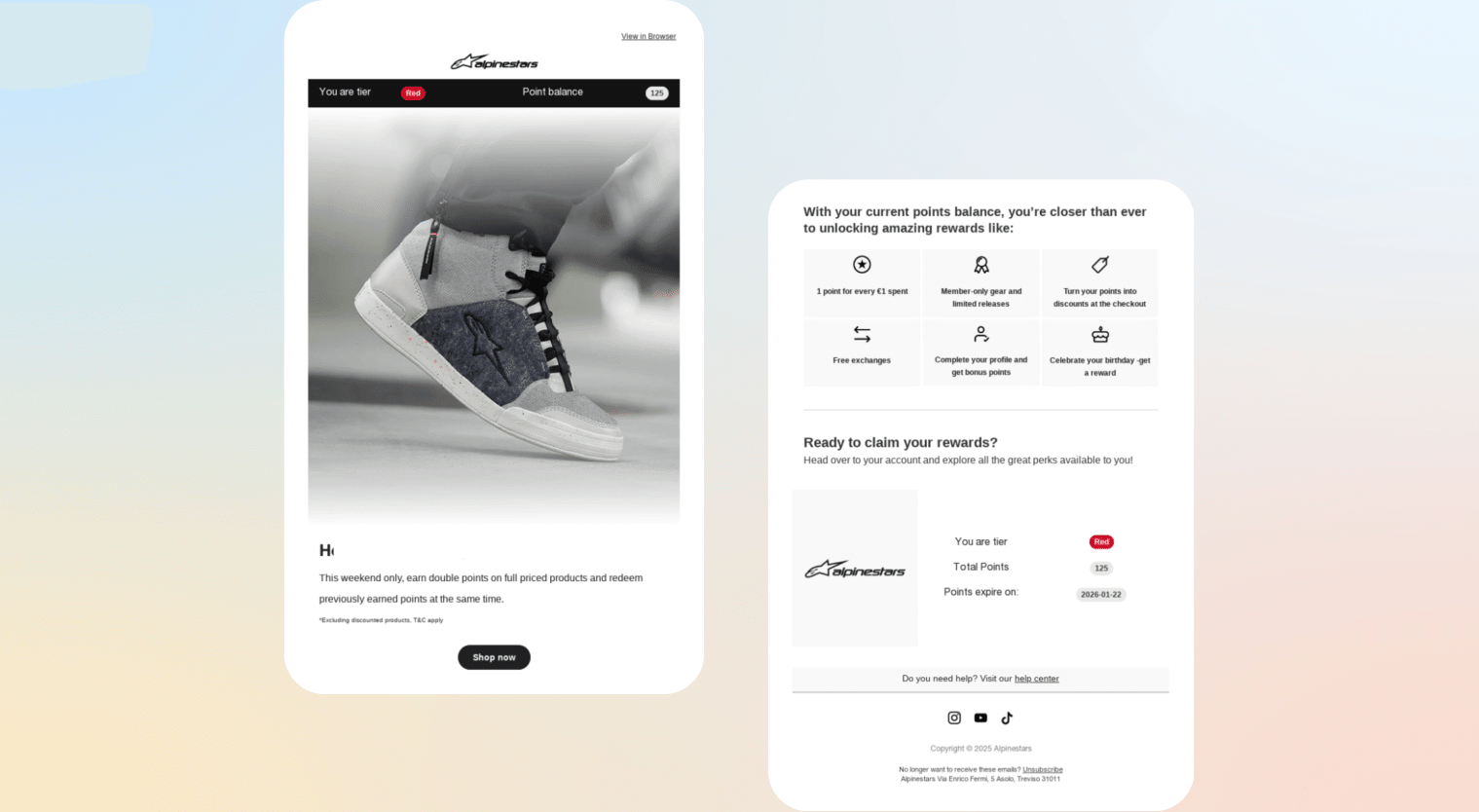
Make VIPs feel appreciated. Highlight their status and share exclusive perks, such as early access or complimentary samples. It’s best to focus on exclusivity and appreciation, not just discounts.
CleverTap’s RFM scoring helps you automatically identify VIPs. Enroll them in personalized campaigns across various channels, such as email, push, or SMS, for exclusive launches or events.
7. Win-Back Emails to Re-Engage Inactive Customers
Win-back email campaigns target customers who haven’t purchased or engaged for a set period (e.g., 30–90 days). The goal is to re-ignite interest with relevant content or incentives.
Take this example, for instance:
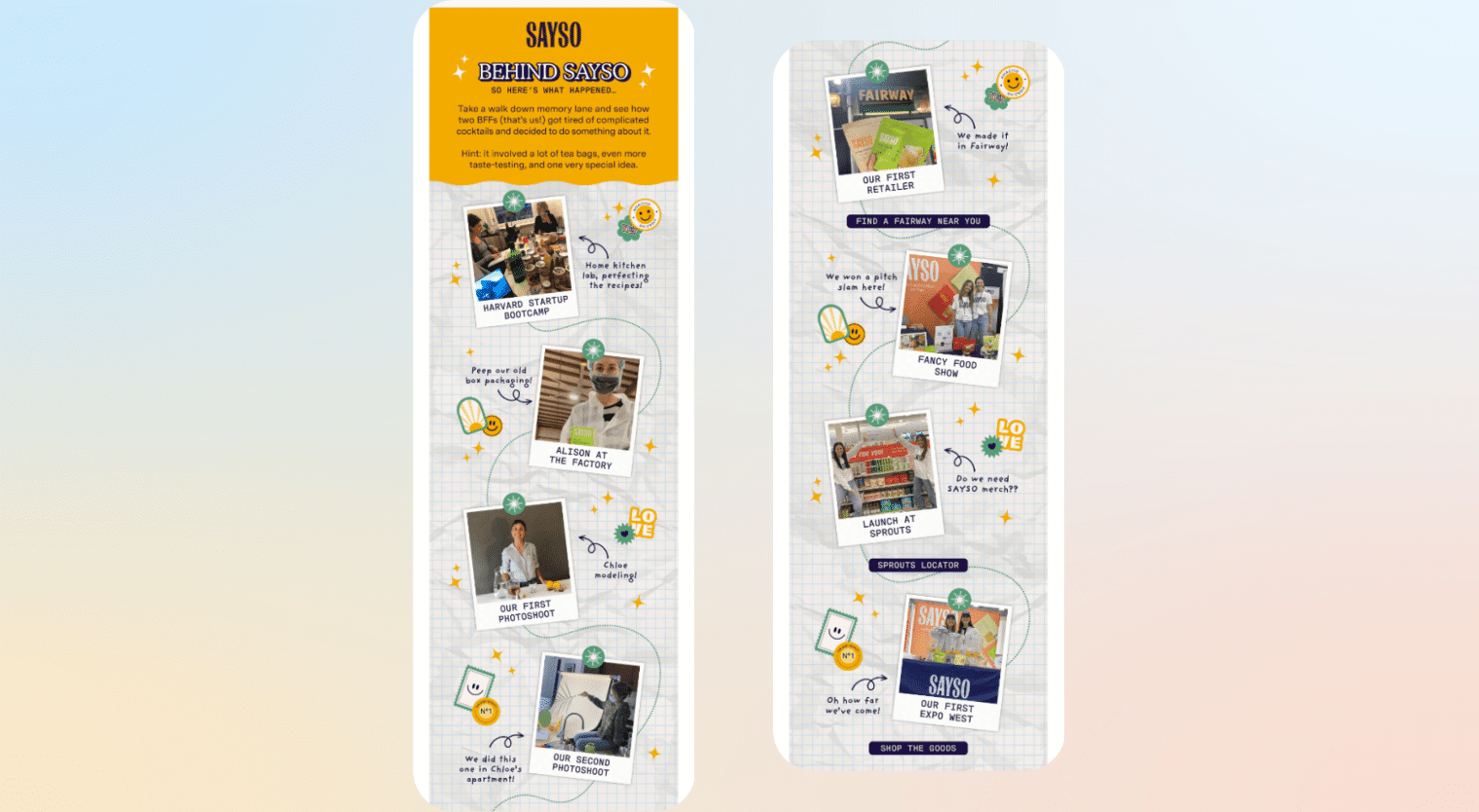
You can highlight what’s new since their last visit or show items they previously liked. If you use offers, make them personal. CleverTap cohorts can help you automatically detect dormant users. Create re-engagement journeys with A/B-tested messages and multichannel delivery. Then, track who returns to fine-tune the timing and creative that work best.
8. Product Recommendation Emails for Personalized Discovery
These emails showcase products tailored to a customer’s browsing or purchase history. You can trigger them weekly, monthly, or after specific actions, such as viewing a product or making a purchase.
Example:
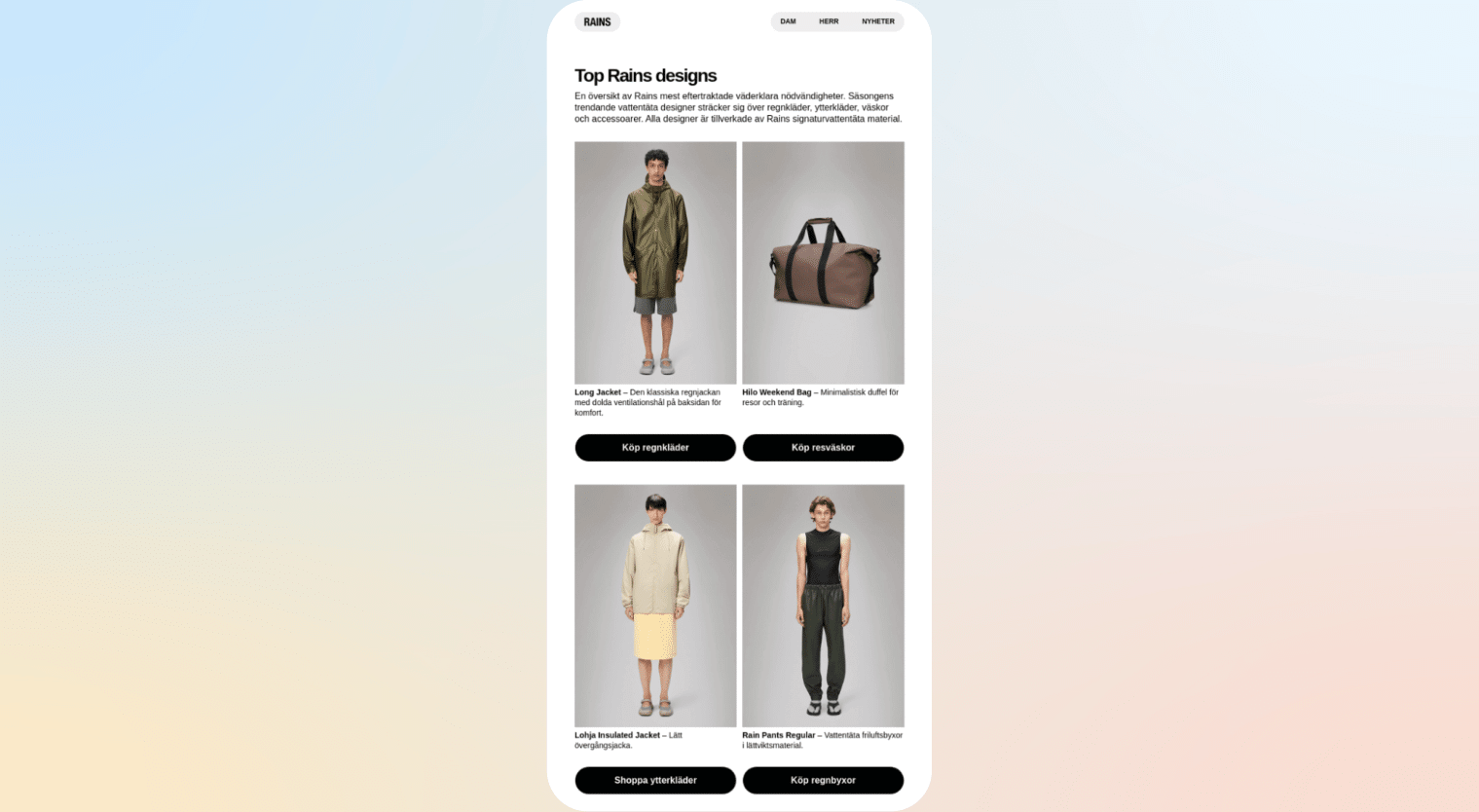
Personalization is key here. Suggest items based on preferences or complementary categories. CleverTap’s AI-based recommendation engine automatically generates product lists per user. Trigger these emails after browsing events or at regular intervals. The dynamic content ensures each customer sees up-to-date and relevant suggestions.
9. Birthday and Anniversary Emails to Celebrate Milestones
These are special emails that recognize customer birthdays or anniversaries with your brand. Send them on a specific date or a day beforehand, often accompanied by a small gift or an exclusive discount.
Here’s how you do it:

Keep the tone warm and celebratory. Use personalization, such as the customer’s name and a short, heartfelt message. Offers should feel like a genuine reward, not a sales tactic.
10. Back-in-Stock Alerts to Re-Capture Purchase Intent
These are instant notifications when a previously out-of-stock product becomes available again. They target customers who have shown prior interest (by viewing, wishlisting, or signing up for alerts).
Example:
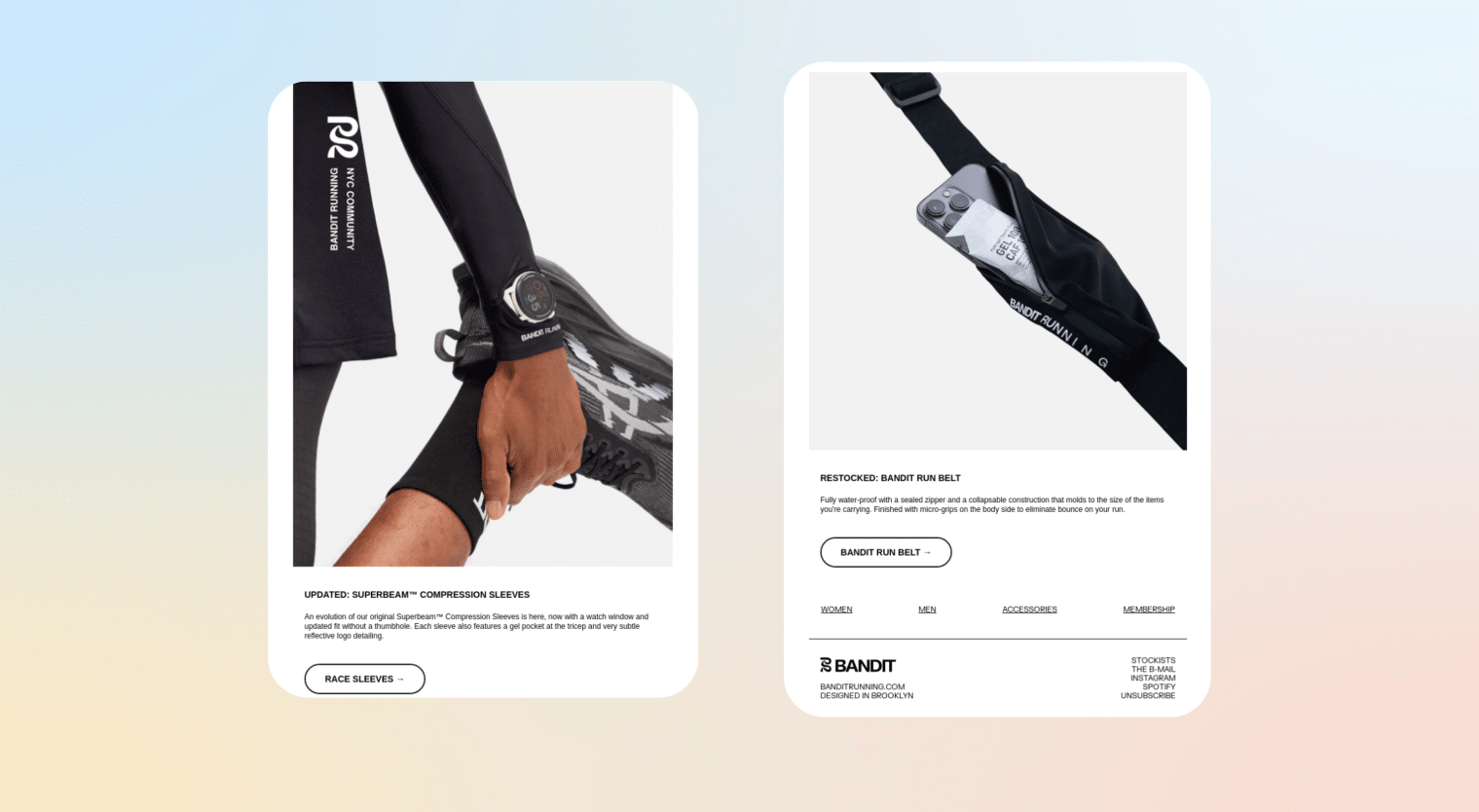
Keep the message short, product-focused, and time-sensitive. If possible, include the product image, price, and CTA, and optionally, a note about limited stock.
Tip: Use CleverTap to log “Interest” events for out-of-stock items. When your inventory system updates, automatically trigger an alert.
11. Price Drop Emails to Trigger Purchase Decisions
These emails notify customers when the price of a tracked or wishlisted item falls. They appeal to deal-seeking behavior and drive high conversions.
Here’s an example to take inspiration from:
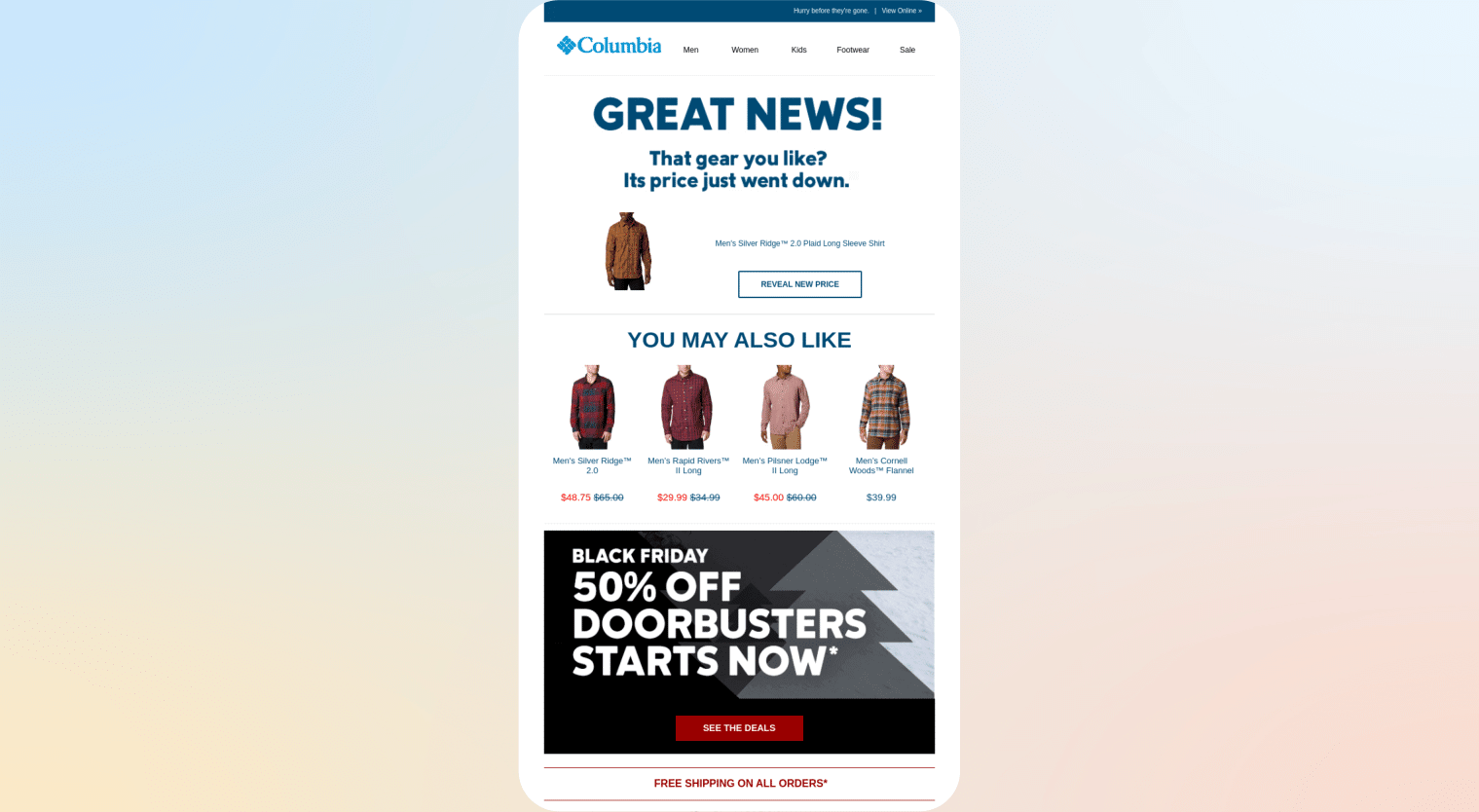
In these emails, be direct about the savings and clearly display the old price versus the new price, including an image of the product.
In CleverTap, you can integrate price-update events from your catalog. When a product’s price drops, automatically send personalized alerts to users who have previously shown interest.
12. Pre-Sale Emails to Offer Early Access
These exclusive emails are sent before a public sale or product launch, providing subscribers with early access or additional perks. It’s a way to build hype around the sale or new product launches.
Here’s how you can do this:

Build excitement with limited-time language, such as “24-Hour Early Access.” Keep the design simple and emphasize exclusivity. It’s best to segment subscribers who opted for updates and schedule pre-sale emails.
13. Renewal and Refill Reminder Emails for Subscription Retention
These emails remind customers to renew their subscriptions or reorder consumable products before they expire. Trigger them based on the typical replenishment cycle or subscription date.
Here’s a good example you can use to take some inspiration from:
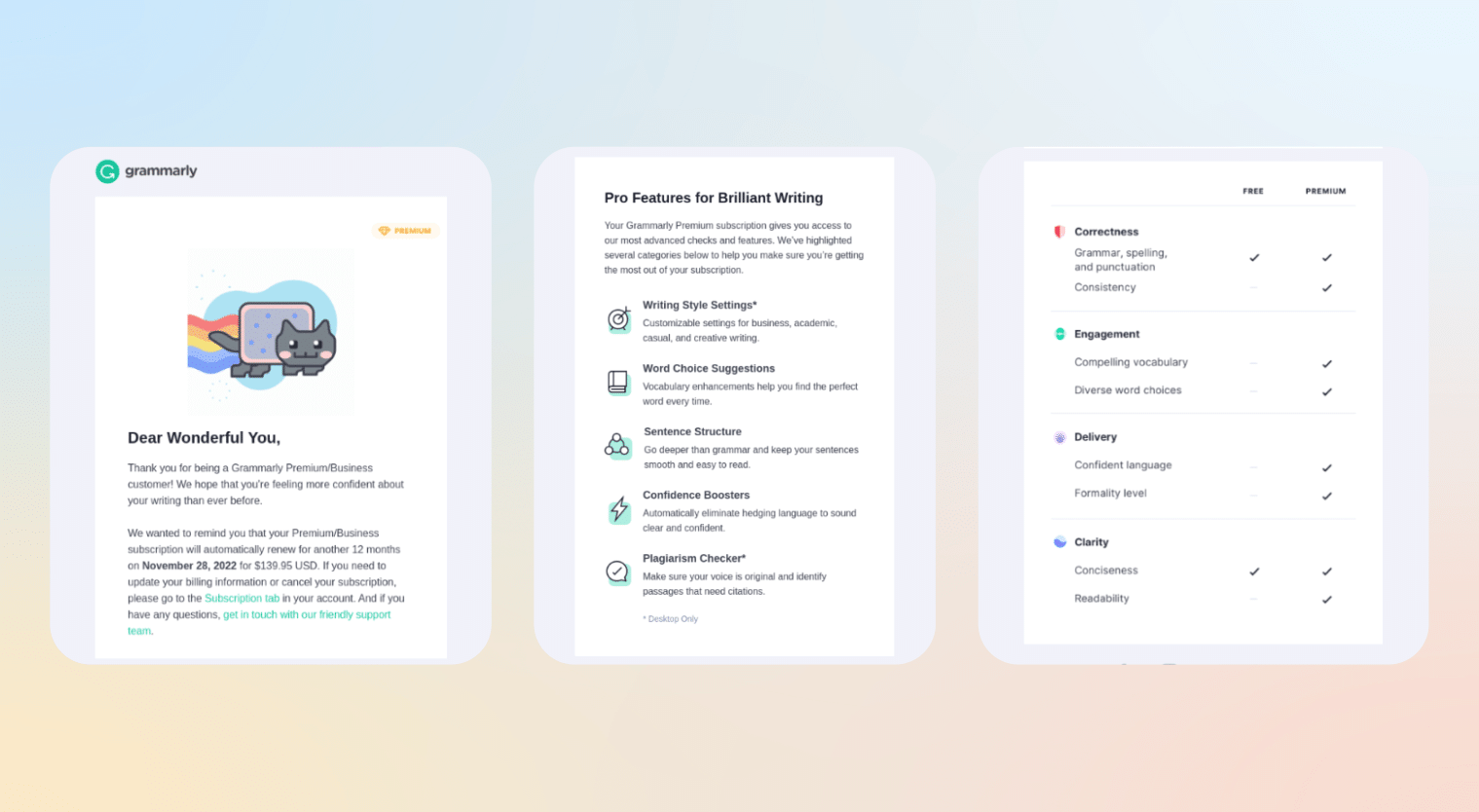
With the email, offer an easy path to renew or modify the order, and avoid hard-selling.
You can use CleverTap to track subscription or last-purchase dates and automatically send these reminders. Personalize the timing for heavy and light users, and include quick-action CTAs.
14. Transactional Emails with Smart Upsells
These are operational emails, such as order confirmations, shipping updates, or delivery notifications, that also include relevant upsell or cross-sell recommendations.
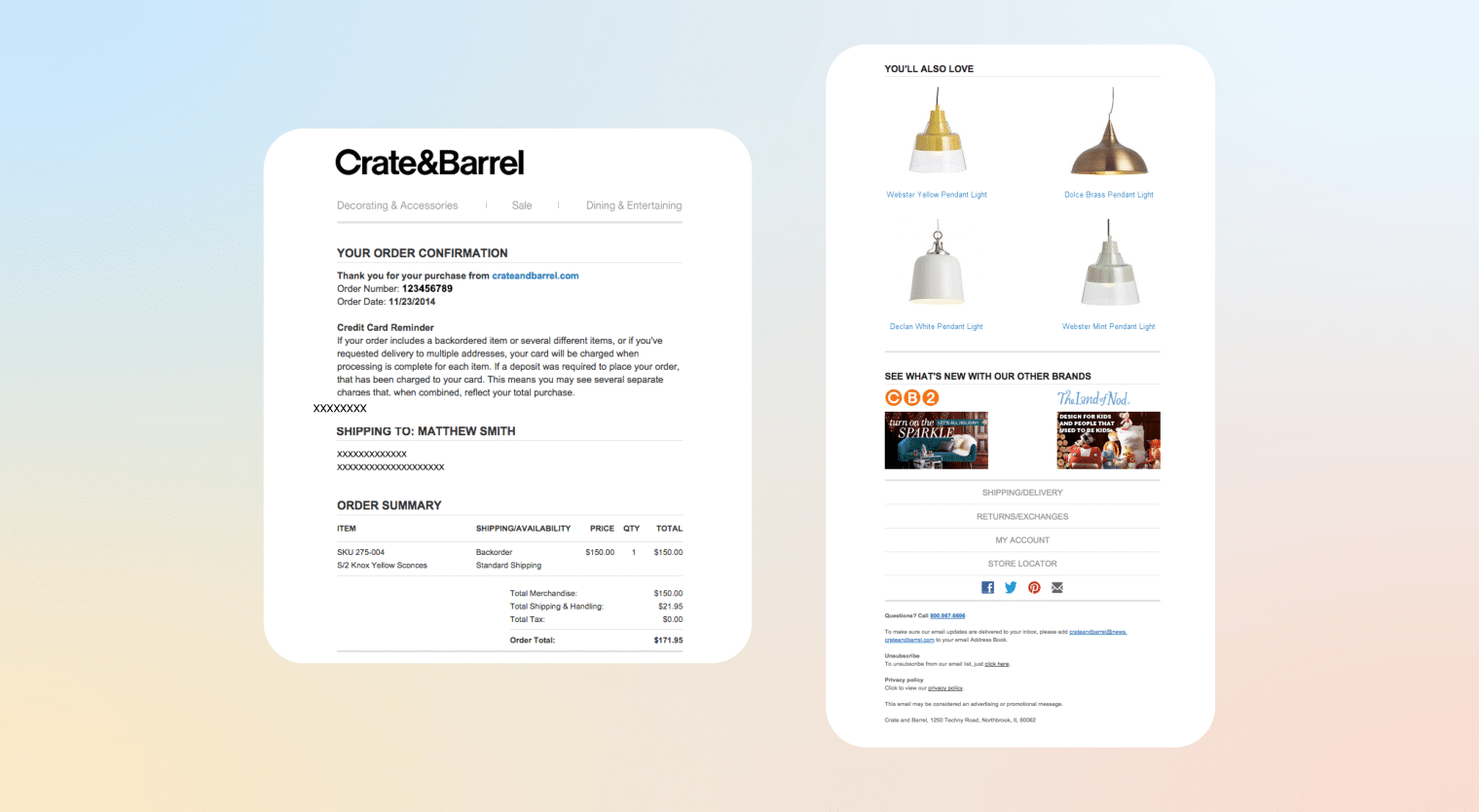
It’s best to keep core details clear at the top, and subtly include one or two relevant suggestions at the end.
15. Referral Emails to Encourage Word-of-Mouth
Referral emails invite customers to refer friends in exchange for mutual rewards. They usually go out after a purchase or as part of loyalty communications. Here’s an example:

Source: Reallygoodemails
Make the offer clear and shareable. For example, “Give $10, Get $10.” Keep the tone friendly and genuine. You can use visuals or buttons that make sharing easy.
Did you know? CleverTap can track referrals via event tagging or third-party integrations. It allows you to automate thank-you emails for both the referrer and the friend, and use segmentation to identify your top advocates for future loyalty perks.
How to Set Up Email Automation for E-Commerce
Below is a brief overview of setting up email automation for e-commerce.
Choose the Right Platform
You need a system that unifies all your data and channels before setting up email automation for e-commerce. This makes segmentation easier. The ideal platform easily integrates with your store, CRM, and other tools. For example, CleverTap offers SDKs and APIs to pull in data from web, mobile apps, point-of-sale systems, and more, creating a single customer profile.
How CleverTap Enables High-Converting Email Automation for E-Commerce
CleverTap enables you to maintain a unified customer data. It ingests data from every touchpoint, creating a single customer profile. This unified view powers deep segmentation. For example, you can segment by RFM (recency, frequency, monetary value) to identify top spenders and re-engage dormant big customers. You can also use behavioral segmentation to target users who have viewed a product category three or more times but have never made a purchase.

CleverTap’s dashboards display these segments and their behavior. This means your emails reach the right people with the right message, increasing conversion potential.
Additionally, CleverTap offers the following features and functionality:
- Real-Time Triggers: With CleverTap, triggers fire instantly based on live user actions. You can set up a “cart abandoned” trigger and immediately send an email, even if it’s midnight. Because CleverTap unifies channels, you can even follow up an abandoned cart email with a push notification and an SMS, all coordinated.
- AI-Driven Personalization: CleverTap features AI/ML to personalize at scale. It can predict what products a user is likely to buy and insert those in the email. For instance, in a cart-abandon flow, CleverTap’s Decision Agents might match the abandoned items to other complementary products. The CleverAI system can even autonomously select the best send time and channel for each user.
- A/B Testing and Optimization: CleverTap supports A/B tests natively. You can test subject lines, email templates, and send times within each flow. The platform automatically collects results so you know which variant won.
To illustrate, consider an e-commerce client using CleverTap’s triggered email feature for carts. With CleverTap, they set up a three-email abandonment series (sent 1 hour, 24 hours, and 72 hours after the items were left). Each email contained dynamic product blocks tailored to the user’s viewing preferences.
Using CleverTap’s segmentation, they further customized the offer, where loyalty members got a bigger discount than one-time visitors. The result? This client saw 1.5–2× more conversions from those series compared to before.

Read the full case study here.
Gather Essential Data and Set Real-Time Triggers
To personalize effectively, collect both behavioral and transactional data. Behavioral data is about page views, searches, clicks, and abandoned carts. And transactional data includes purchases, order value, and frequency.
Always ensure that data flows in real time. A good automation tool will immediately flag when a trigger condition is met (e.g., a user just left a cart). Then, set up events in your platform so emails fire exactly when needed. For instance, immediately when a product is added to the cart but no purchase occurs, start the cart-reminder flow. Or on email newsletter signup, start the welcome series.
Email automation for e-commerce only works if the timing is right; a delayed cart email is far less effective.
A/B Test and Optimize
As you build email automation for e-commerce flows, constantly test. Try different subject lines, email copy, send times, and number of messages. For example, experiment with sending cart reminders after 1 hour vs 3 hours, or using “We saved your cart!” vs “Just checking in” as the subject.
CleverTap’s A/B testing lets you split traffic and auto-route winners. Monitor key metrics (opens, clicks, conversions, revenue) in real time. Tracking success helps you identify which emails to refine.
Start optimizing your email strategy today with CleverTap, and let your data do the heavy lifting.
With the right email automation for e-commerce flows in place on CleverTap, your brand can personalize every touchpoint and build long-term customer loyalty. The automation turns real-time customer data into high-impact messaging.
You now have 15 proven flows to guide your strategy. These are easy to set on CleverTap, where you can unify behavioral, transactional, and engagement data into a single view, so your emails are timely, relevant, and conversion-ready.
The most successful e-commerce brands don’t just send more emails; they send them smarter.
Kiran Pius 
Leads Product Launches, Adoption, & Evangelism.Expert in cross-channel marketing strategies & platforms.
Free Customer Engagement Guides
Join our newsletter for actionable tips and proven strategies to grow your business and engage your customers.



